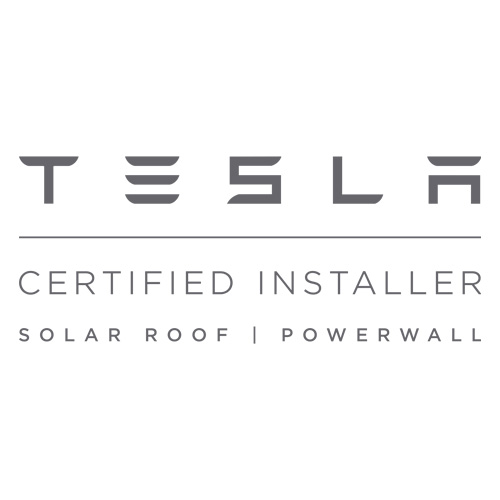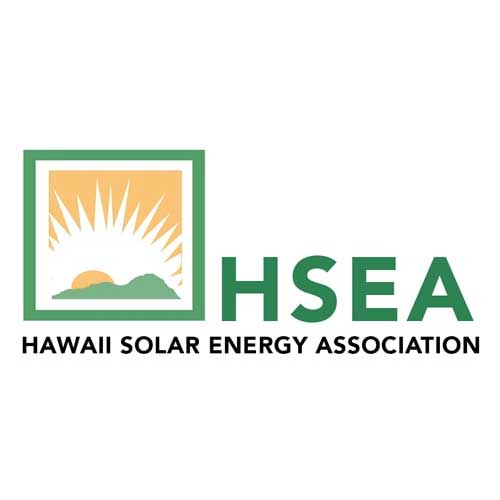High Voltage Vs Low Voltage Solar Panels
The main difference between High Voltage Vs Low Voltage Solar Panels is the amount of energy they produce. High voltage panels produce more electricity, but they also require more space and are more expensive than their low voltage counterparts. Low voltage panels are more affordable and require less space, but they produce less electricity.
High voltage solar panels are designed to harness the most power from the sun’s rays and convert it into usable electricity. They have a larger surface area than low voltage solar panels which allows for a greater collection of solar energy. This higher level of efficiency makes them ideal for producing large amounts of electricity in a shorter time frame. The increased power output from high voltage solar panels also reduces the total number of panels needed to meet your energy needs, resulting in fewer installation costs down the line.
The downside to using high voltage solar panels is that they require more complicated electrical wiring and connectors in order to safely transmit their higher levels of energy production. In addition, these systems often need additional load balancing equipment such as inverters or charge controllers in order to regulate the flow of current entering your home’s electrical system. These additional costs can be quite expensive depending on the size and complexity of your system, making it cost prohibitive for some households or businesses.
Low voltage solar panel systems are designed to produce smaller amounts of electricity with much less complexity involved than their high-voltage counterparts. Because they generate smaller amounts of power, fewer cells need to be connected together before transferring energy into an inverter or other load balancing device. This results in significantly lower installation costs when compared with a comparable high-voltage system due to simpler wiring requirements.
Efficiency, low-voltage systems
In terms of efficiency, low-voltage systems tend to lose slightly more electricity in transmission due to their lower levels of power production, resulting in slightly lower overall efficiency rates when compared with high-voltage systems — typically 5%-10%. However, this discrepancy is often balanced out by the significantly lower installation costs associated with these systems as well as their convenience and ease of use thanks to simpler wiring requirements and fewer components required for operation.
When looking at High Voltage Vs Low Voltage Solar Panels one final aspect should be taken into consideration — scalability potential for future expansion projects or upgrades that may occur over time prior to purchase or installation decisions being made. Generally speaking, low-voltage systems will offer better scalability potential due to their simpler design and easier integration options with existing components already present within the property’s electrical system setup at any given time (i.,e., inverters). On the other hand, high-voltage systems typically require complex rewiring projects if an expansion project or upgrade is desired at any point down the road which can quickly become costly endeavors depending on how many new components are required during implementation stages (i.,e., breakers etc.).
Ultimately deciding whether High Voltage vs Low Voltage Solar Panel Systems is ultimately up to each consumer based on their specific budgetary constraints as well as long term scalability plans that may change over time due to growth objectives within certain industries or expansion projects necessarily incurred by certain homeowners over the course exceeding beyond traditional residential usage models associated with these two types of renewable energy sources respectively..









